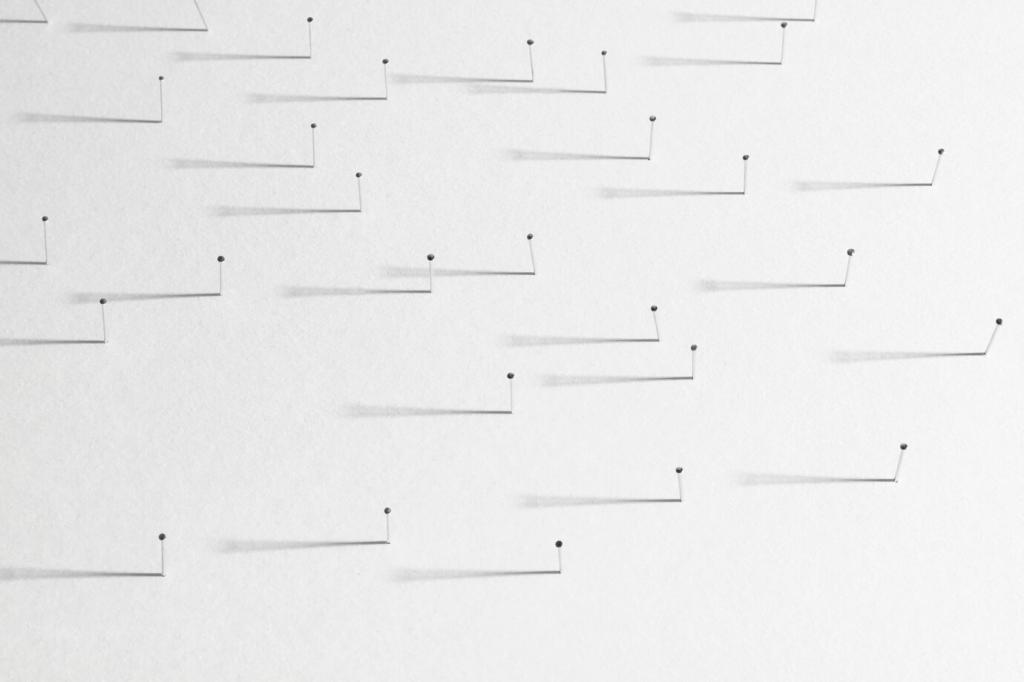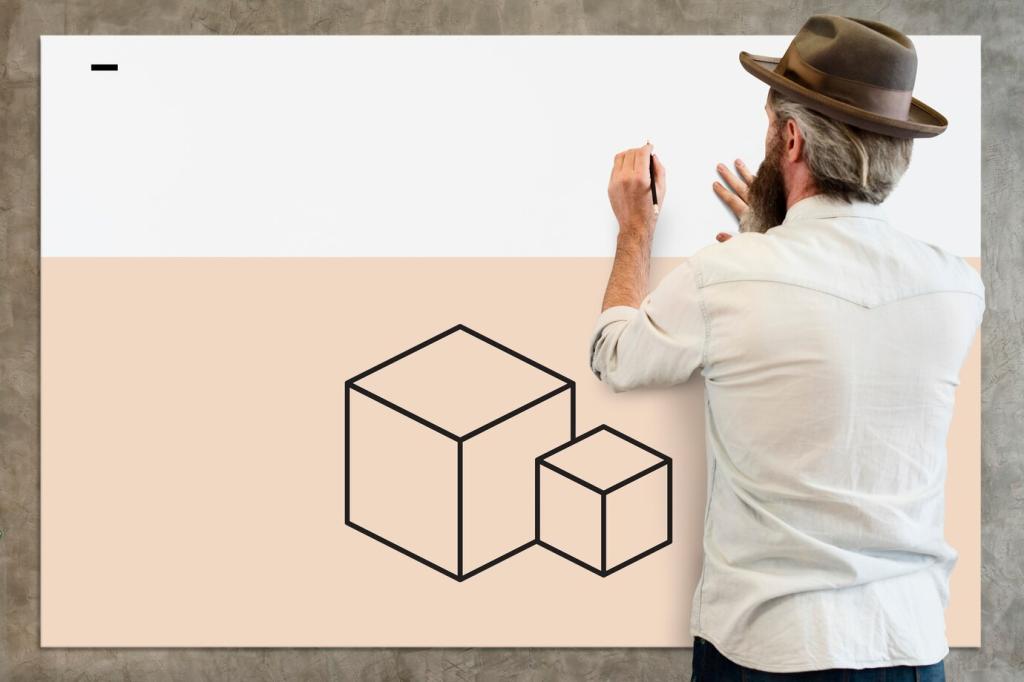Minimalist Palettes: Enhancing Aesthetics and Functionality
Curating the Essence
Effective minimalist palettes distill colors down to their most essential forms. This curation is less about deprivation and more about focusing attention where it matters. By removing excess, the eyes can rest, and users or viewers can engage more deeply with important elements. The restraint in color choice provides an elegant framework, where simplicity speaks volumes and acts as a subtle yet powerful communicator of brand values, design philosophy, and mood.
Subtlety as a Statement
With minimal palettes, the power lies in subtle contrast and nuance. Designers carefully choose shades and undertones that gently guide attention and evoke a calm design language. Slight differences between background and foreground elements can have profound effects, elevating interface usability or a room’s ambiance. Achieving this balance requires precision and a deep understanding of how color choices interplay with lighting, material, and context, resulting in environments that are as inviting as they are visually reassuring.
Emotional Impact of Less
Far from being sterile or bland, minimalist palettes possess a unique emotional resonance. Carefully paired neutrals, pastels, or muted tones create serenity and allow users to focus on content or form rather than distraction. This emotional clarity paves the way for more meaningful interactions with products, websites, or spaces. By leveraging the psychological power of subtle color, designers foster trust, reduce stress, and enhance overall wellbeing through their choices.

A reduced color palette streamlines navigation for digital interfaces, guiding users intuitively through journeys with less cognitive load. The absence of overwhelming colors helps essential elements stand out, making calls to action clear and interactions more predictable. Whether in apps or websites, this clarity translates to better accessibility, allowing users from all backgrounds to engage comfortably and confidently without visual clutter.

Minimalist color strategies harness contrast and spacing to build strong visual hierarchies. By intentionally assigning meaning to very few colors—such as reserving one for actionable features and another for background—the design ensures that users’ attention is drawn exactly where it’s needed. This structured approach organizes content seamlessly, increasing efficiency and helping users locate and understand information with ease, ultimately supporting the core goal of functional minimalism.

The strength of a minimalist palette lies in its versatility. Minimal color schemes adapt effortlessly across contexts, from mobile screens to printed materials and embedded devices. This adaptability ensures brand or interface cohesion, reducing the resources needed to maintain and evolve a design system. The streamlined approach allows for rapid iterations and scalability, with color choices remaining reliable and effective regardless of where they’re applied, and guaranteeing a consistent user experience.
Effortless Elegance in Design Applications
Brands that leverage minimalist palettes transmit messages of confidence, stability, and sophistication. Rather than shouting for attention, these brands quietly assert their identity through color restraint, fostering trust and long-term recognition. The careful curation of only a few key tones communicates intentionality and precision, making logos, packaging, and marketing materials instantly recognizable while remaining approachable and elegant.

